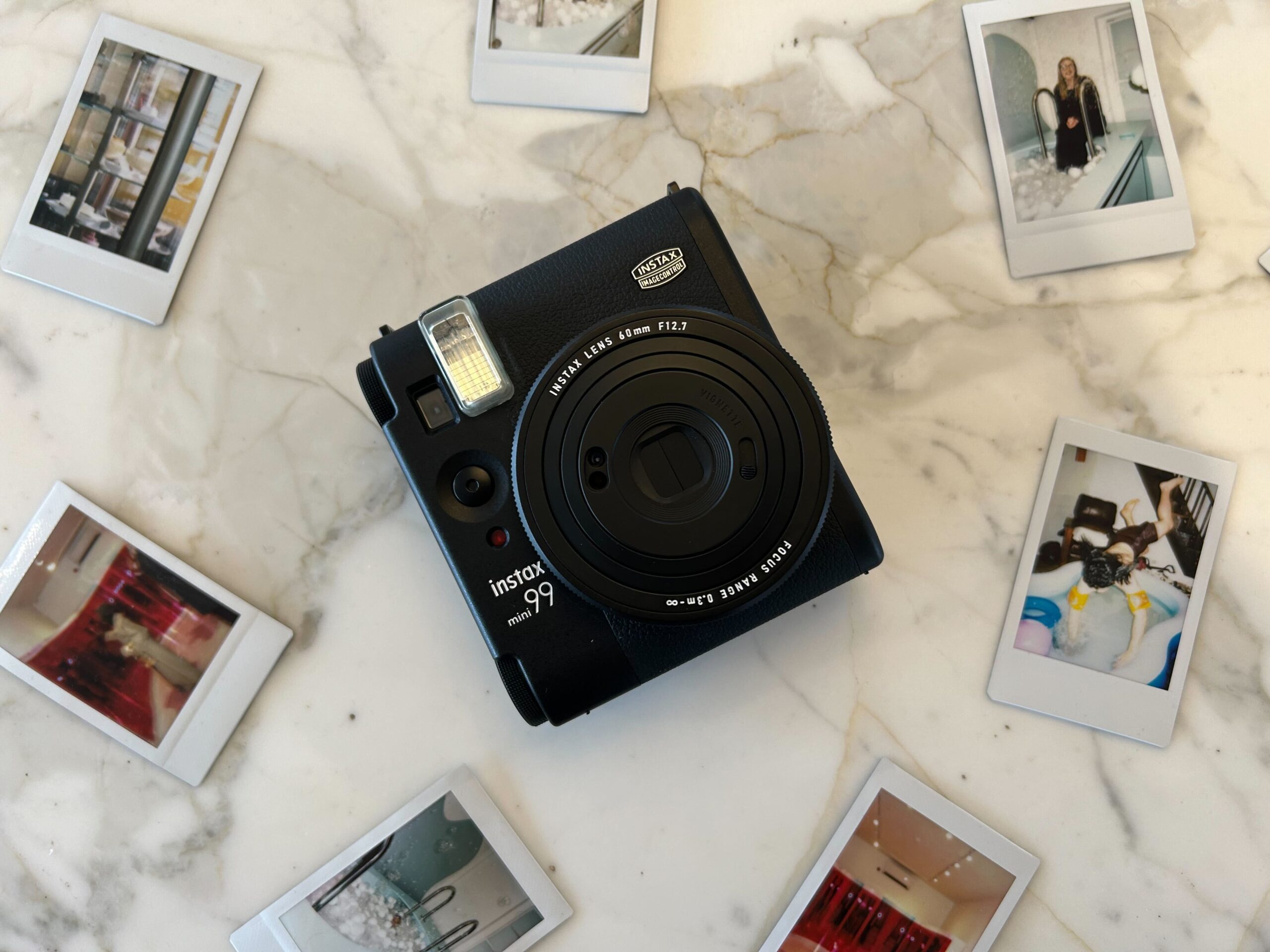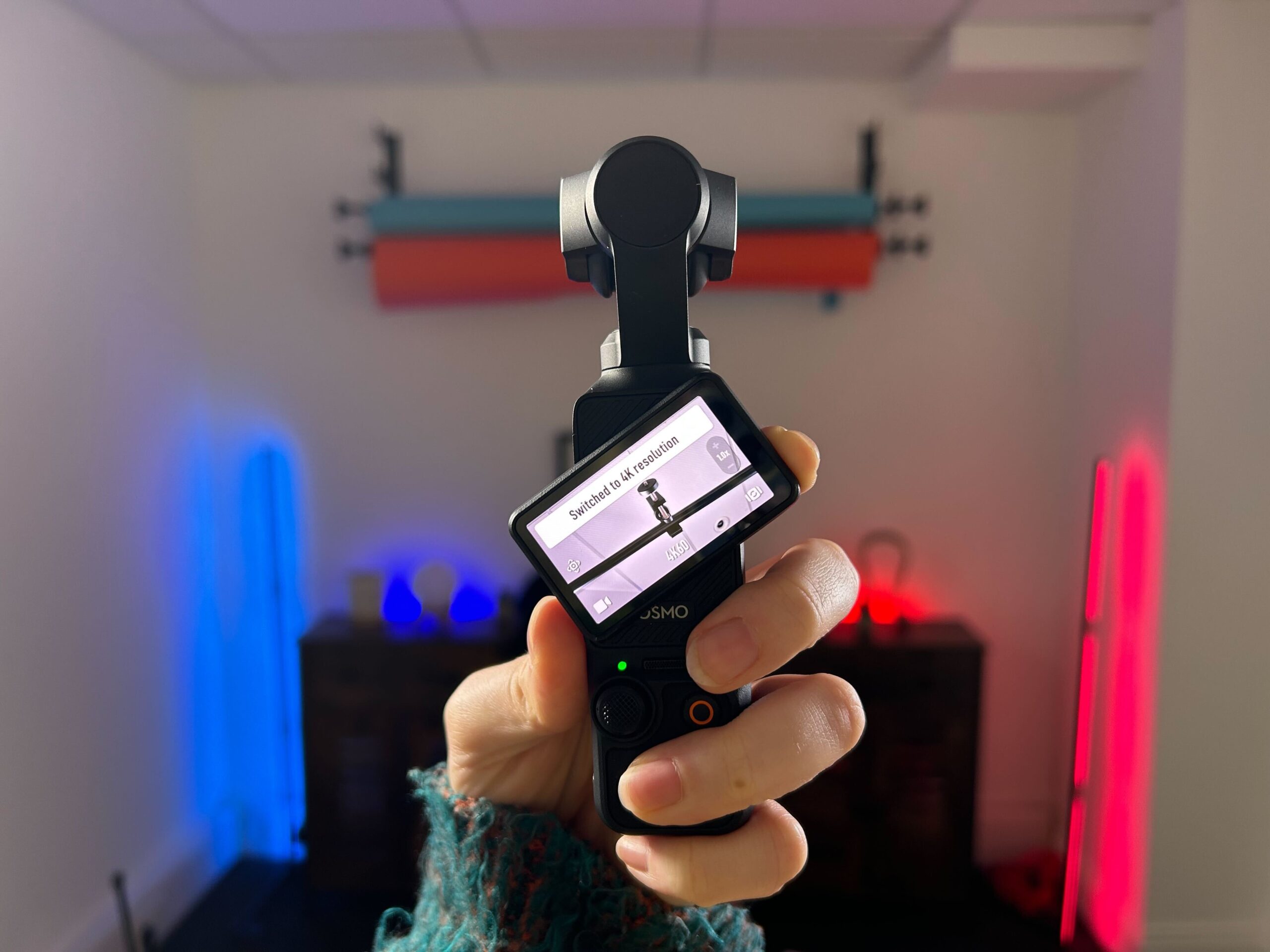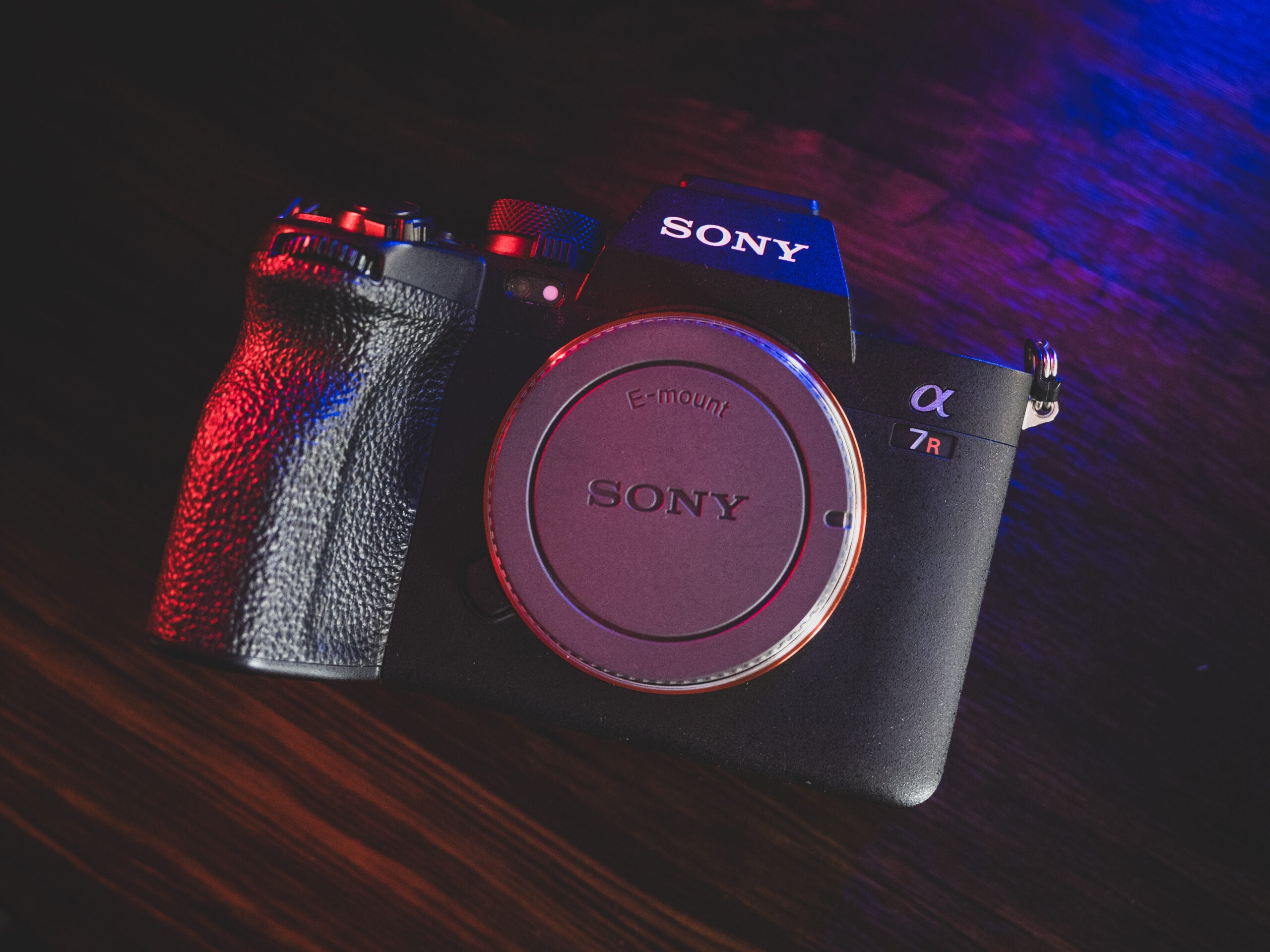
The Fujifilm GFX100S II could be a fantastic option for those interested in a medium-format camera for a fraction of the price and weight of the GFX100 II.
Pros
Cons
Key Features
-
102MP CMOS II sensorWith X-Processor 5 -
5.76m-dot EVF2.36m-dot three-way tilting touch display -
7fps mechanical shutterUp to 8 stops of IBIS -
4K/30p video4:2:2 10-bit recording and F-Log2 support
Introduction
Less than a year has passed since Fujifilm introduced the latest flagship product in its GFX Series, the GFX100 II. Now, the GFX100S II has arrived to offer a more affordable alternative to the flagship camera.
I was given the chance to test the GFX100S II at Port Lympne Safari Park ahead of its launch. Stay on this page to read all about my experience with the camera.
Design and handling
- The GFX100S II looks almost identical to the GFX100S
- The camera is relatively lightweight
- There’s an EVF, touchscreen display, and black-and-white screen on top of the camera
The Fujifilm GFX100S II shares an identical body with the GFX100S, a camera that launched in 2021 as a cheaper and more lightweight alternative to the GFX100.
The only visual difference between the GFX100S and the GFX100S II is the addition of Fujifilm’s Bishamon-Tex leather, a traditional Japanese-inspired pattern that was introduced alongside the GFX100 II last year.

The GFX100 II is quite compact and lightweight for a medium-format camera at 883g. Even with Fujifilm’s new 500mm telephoto lens attached, I didn’t find the camera to be overly cumbersome to carry around the wildlife reserve though I did begin to feel some fatigue in my arms after an hour or so of shooting.
The controls are nicely spread out across the body of the camera and it didn’t take me long to get a feel for where each setting was located, adjusting the shutter speed and aperture with the flick of a dial.

There are a total of three screens on the camera, including a 5.76m-dot OLED viewfinder, a 3.2-inch 2.36m-dot three-way tilting touchscreen, and a black and white screen on top of the camera to display settings at a glance. I found the touchscreen to be bright and sharp, with the three-way tilting mechanism useful when taking photos from high up or down low. The EVF is sharp too and an upgrade over the viewfinder in the GF100S, though the resolution and refresh rate fall behind those offered by the GFX100 II.

The GFX100S II offers the same array of ports as the GFX100 II with the exception of the full-size HDMI and Ethernet ports. The camera also shares the same dual UHS-II memory card slots but misses out on CF Express compatibility.
Fujifilm has also announced the aforementioned GF 500mm f/5.6 lens which I found to be incredibly useful for getting closer to the animals and creating a nice bokeh around my subject.

Image quality and performance
- The GFX100S II has a 102MP sensor, but it doesn’t carry the “high-speed” name
- There’s a 7fps mechanical shutter and 8 stops of IBIS
- The camera supports 4K/30p video
The GFX100S II is powered by the same X-Processor 5 as the GFX100 II but with a different 102-megapixel sensor. Where the GFX100 II packs the 102-megapixel BSI CMOS II HS image sensor, the GFX100S II drops the HS or “high-speed”. This means you can expect the same high image quality from the camera with a slower readout speed.
The camera also offers a slower mechanical shutter, allowing for 7fps shooting instead of 8fps. That said, I found the burst mode to be more than fast enough to capture sharp shots of animals in action.




I found the image quality to be fantastic, with plenty of detail, great contrast, and vibrant colours. For example, you can pick out each strand of fur in this meerkat. I also found that the ISO could be pushed quite high without drawing too much additional noise as I was shooting during sunset toward the end of the day.

Along with 102-megapixel stills, the GFX100S II can composite 400-megapixel images using Pixel Shift Multi-Shot and record sharp 4K/30p or 1080p/60p footage. Other key video features include 4:2:2 10-bit recording, F-Log, and F-Log2 support and Frame.IO connectivity. There’s also support for ProRes and BlackMagic RAW via HDMI.



Video is a big area that sets the GFX100 II apart from the GFX100S II, with the pricier camera offering 8K/30p, 4K/60p, and 1080K/120p shooting, along with internal ProRes recording and multiple cine recording formats. While none of these specs are present on the GFX100S II, the video features are still an upgrade compared to the GFX100S.

The X-Processor 5 brings an upgraded autofocus system compared to the GFX100S, which I found to be generally fast and accurate. The animal autofocus did struggle to correctly identify the eyes of certain animals – like the gorillas – often focussing in on their ears instead. I also found that a combination of AF + MF was the easiest way to get past the bars and fences on the enclosures and hone in on the animal itself.

The camera also features 8 stops of in-body image stabilisation, the ability to shoot 10-bit HEIF images, and 20 film simulation modes.
Latest deals
Early Verdict
The Fujifilm GFX100S II offers many of the same features as the GFX100 II in a smaller body and at a fraction of the price. It’s also a good upgrade compared to the GFX100S.
Of course, there are a decent number of compromises to take into account if you’re thinking about choosing the GFX100S II over the GFX100 II. The image sensor is slower and there’s no 8K video support. The burst mode is also slower and the EVF is a lower resolution.
The GFX100S II certainly isn’t a cheap piece of kit, but if you don’t mind these differences, it’s a great option at a significantly lower price than the flagship GFX100 II.
Full specs
The post Fujifilm GFX100S II appeared first on Trusted Reviews.
Author: Hannah Davies
This article comes from Trusted Reviews and can be read on the original site.






